

Top 5 Ways Legalizing Marijuana Has Benefited Canadians — And Who’s Really Benefiting
What legalization did in 2018 was broaden access, reduce stigma, and integrate cannabis into the country’s regulated economy.
Since legalization, the cannabis industry has generated over $29.6 billion in tax revenue for federal and provincial governments. In Ontario, the Ontario Cannabis Store (OCS) reported $1.47 billion in sales in 2022–23, with $234 million in profit, all funnelled directly into the province’s consolidated fund. Add another $458 million in excise and sales taxes, plus millions in licensing fees collected by the Alcohol and Gaming Commission of Ontario (AGCO), and it’s clear: cannabis has become one of the country’s most profitable industries—for the government.
The irony? Canadians haven’t seen much benefit from it. Despite billions in revenue, healthcare remains strained, inflation is high, and small businesses—especially independent dispensaries—are struggling to survive. There’s no cannabis rebate, no reinvestment program for communities, and no visible financial benefit for citizens. While government agencies like the AGCO and OCS prosper, Canadians continue to face rising costs and limited access to meaningful support.
Meanwhile, the “grey market” continues to thrive, filling gaps left by overregulation, high taxes, and slow licensing. Some operate under Indigenous sovereignty; others simply serve communities that the legal market has overlooked. For Canadians growing at home, the message is clear: get licensed, stay compliant, and protect yourself.
Still, legalization achieved one of its most important goals—improving safety. Every cannabis product sold by a licensed producer (LP) must meet strict Health Canada standards for quality and purity. Patients no longer rely on street sources or risk contaminated products. Fewer arrests for cannabis possession and reduced strain on law enforcement have also helped shift focus toward more serious crimes.
The legal industry has opened doors to new opportunities—from horticulture and lab science to compliance and patient education. It’s important to remember that medical cannabis has always been part of Canada’s healthcare landscape. Under Health Canada’s framework, patients can work with physicians and cannabis educators to obtain authorization, purchase medicine through LPs, or apply for a Personal Grow Licence to produce their own supply. This allows patients to take control of their treatment—growing safely, legally, and affordably.
Legalization was meant to empower citizens, yet it’s mostly filled government budgets. But real empowerment lies in education, advocacy, and ownership. Whether you’re learning how to get a medical marijuana card in Ontario or exploring your rights under the ACMPR personal grow licence in Canada, knowledge remains your most powerful tool.
At GrowLegally, we believe that those who rely on medical cannabis—not government agencies—should be the ones who truly benefit. If you’re ready to take control of your medical cannabis journey or apply for your Medical Cannabis Grow Licence, visit GrowLegally.ca to connect with compassionate educators and healthcare professionals who will guide you every step of the way.
Previous Post
Next Post

Storing Medical Cannabis – Learn how to properly store your cannabis and keep its potency strong.
Go To Post
Before Acquiring Medical Marijuana, Here Are 2 Questions That Your Doctor Is Likely To Ask You (Plus a Bonus One!)
Go To Post
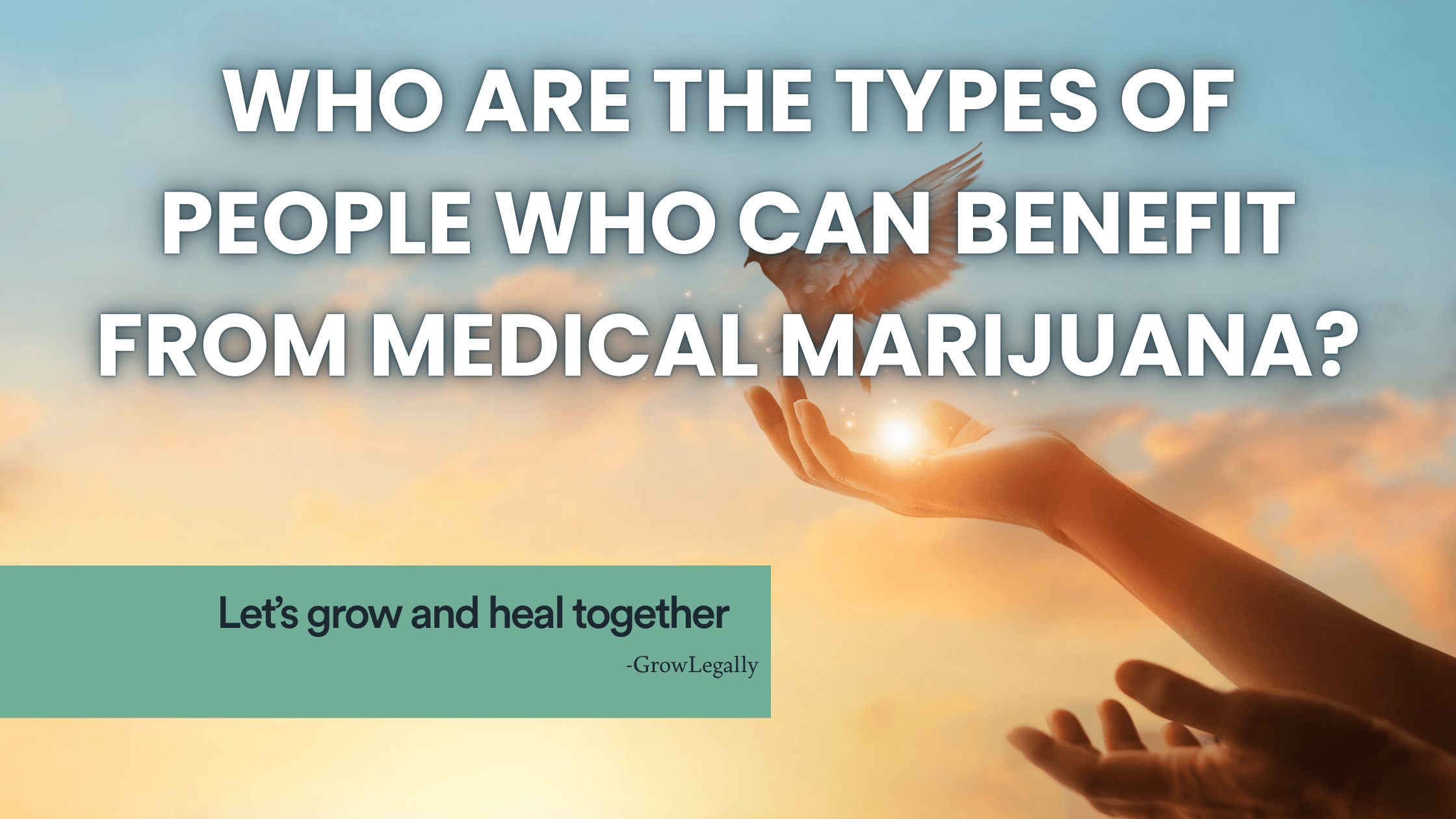
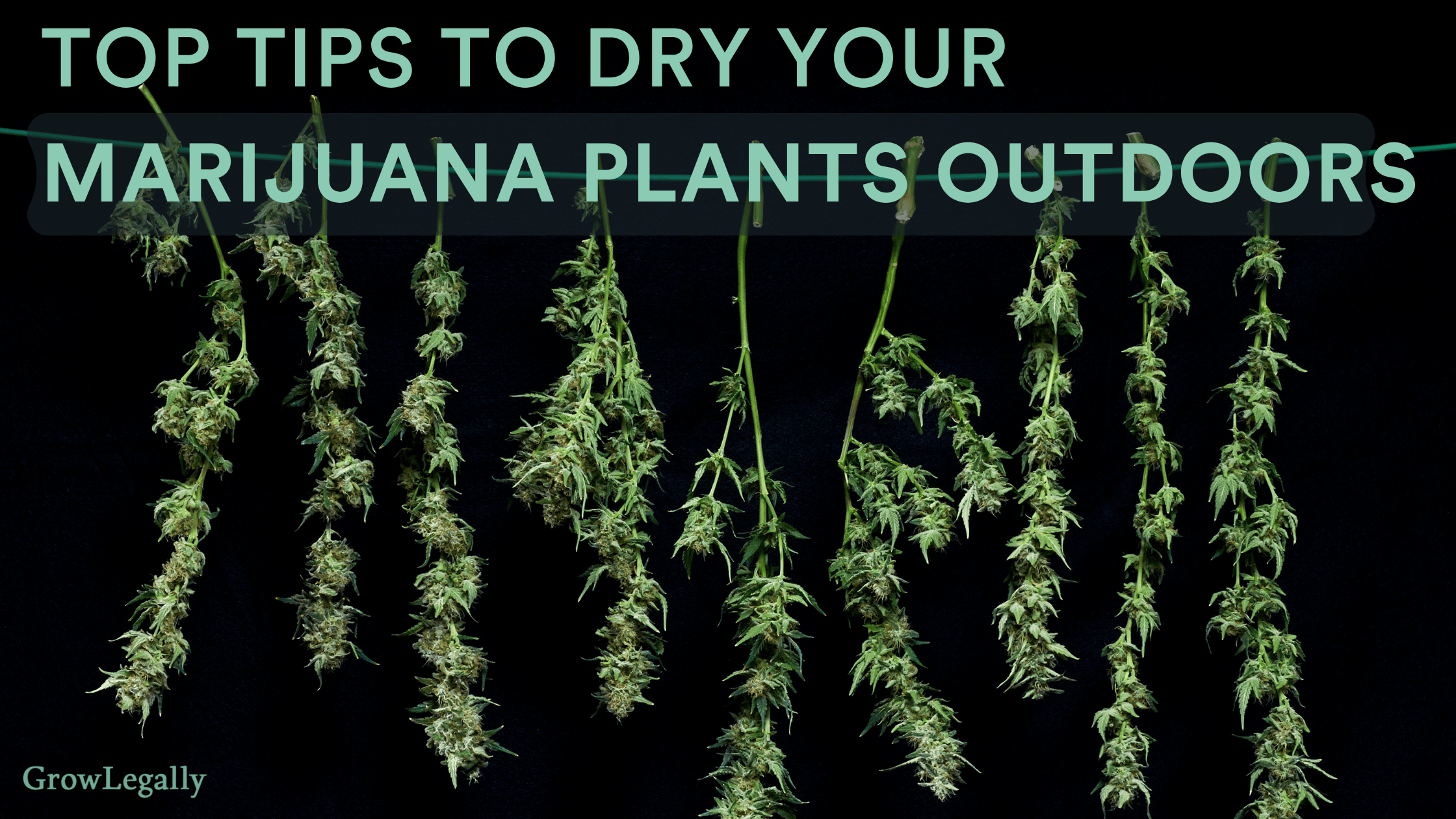

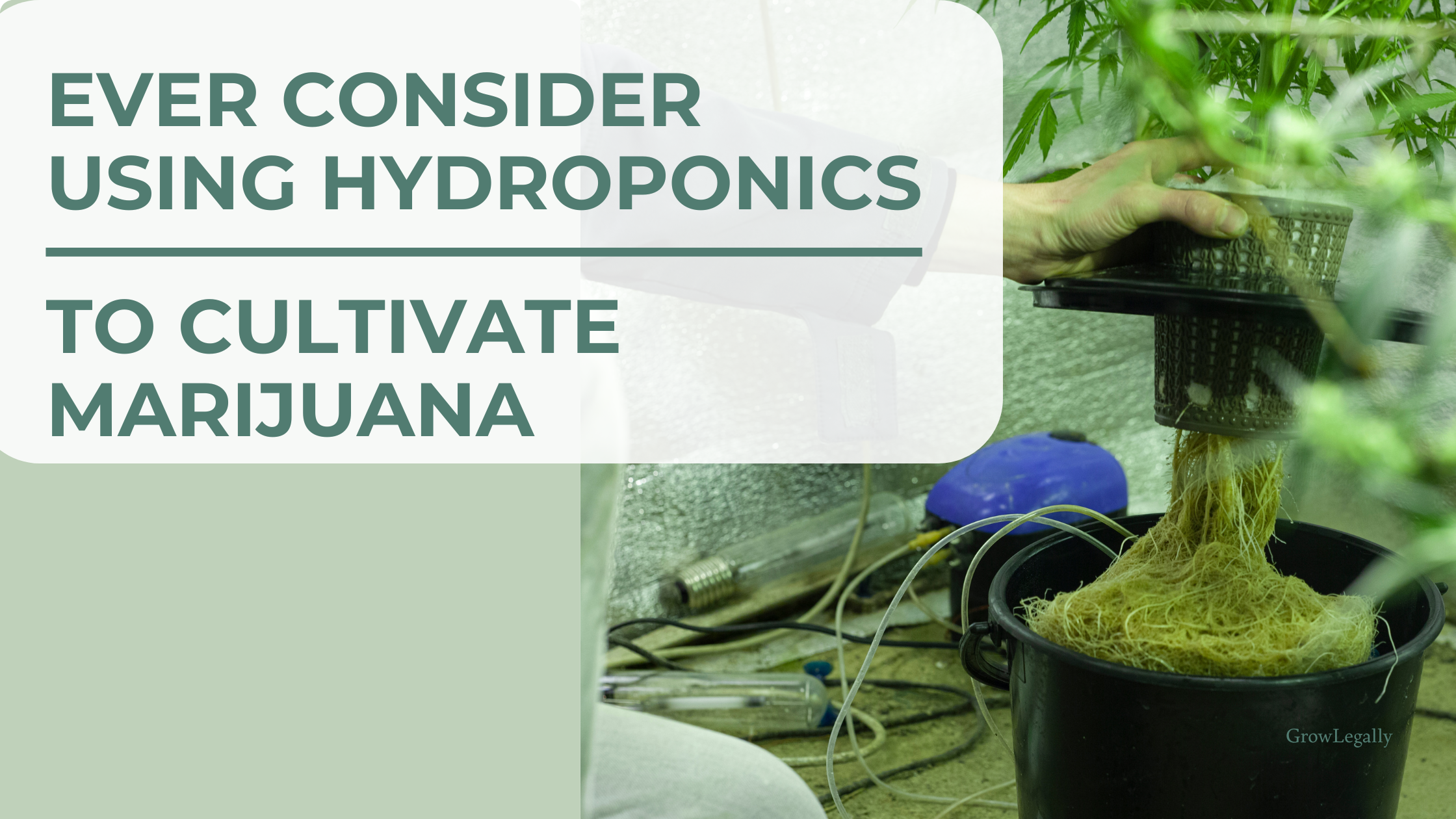
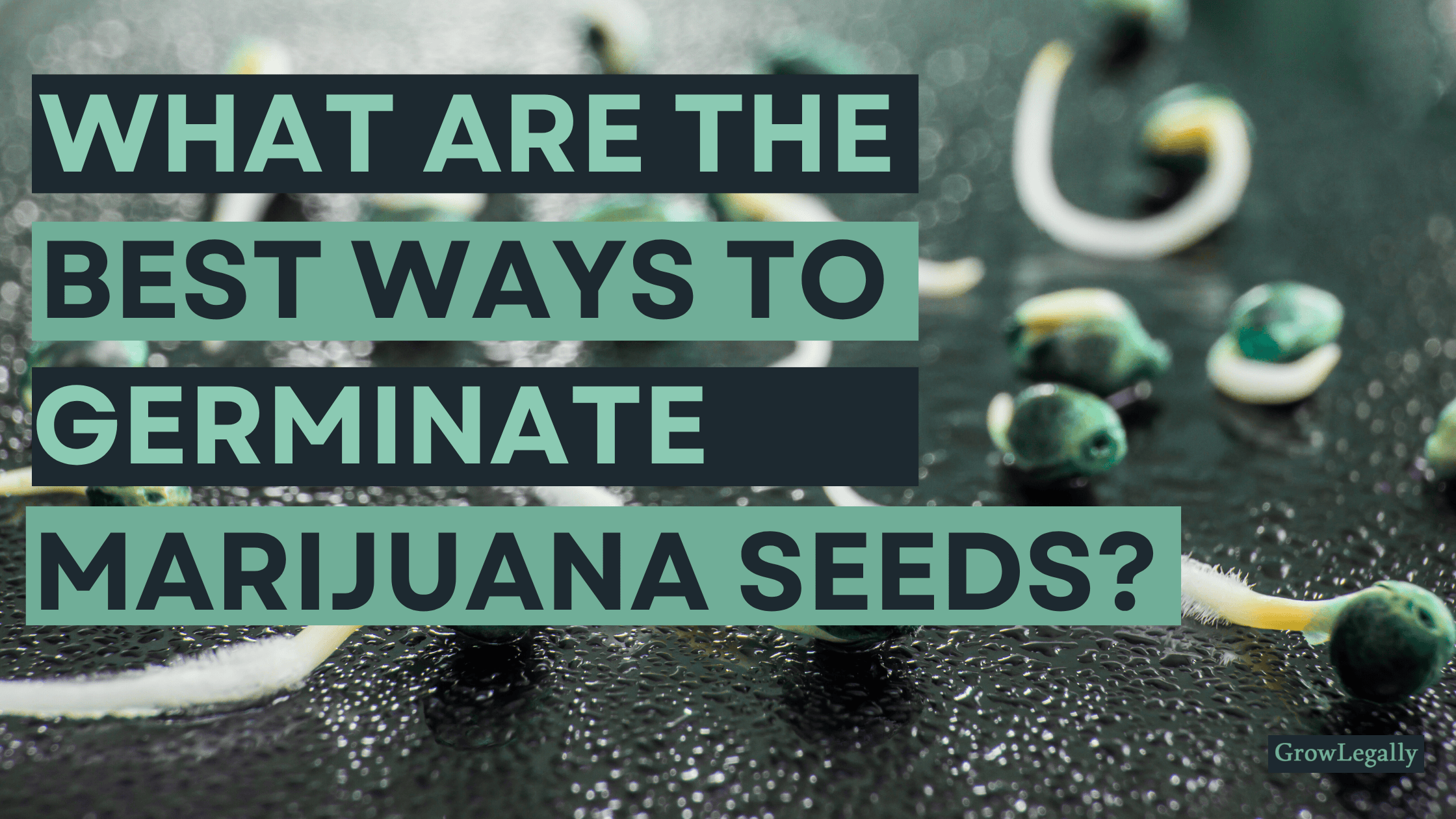
.png)
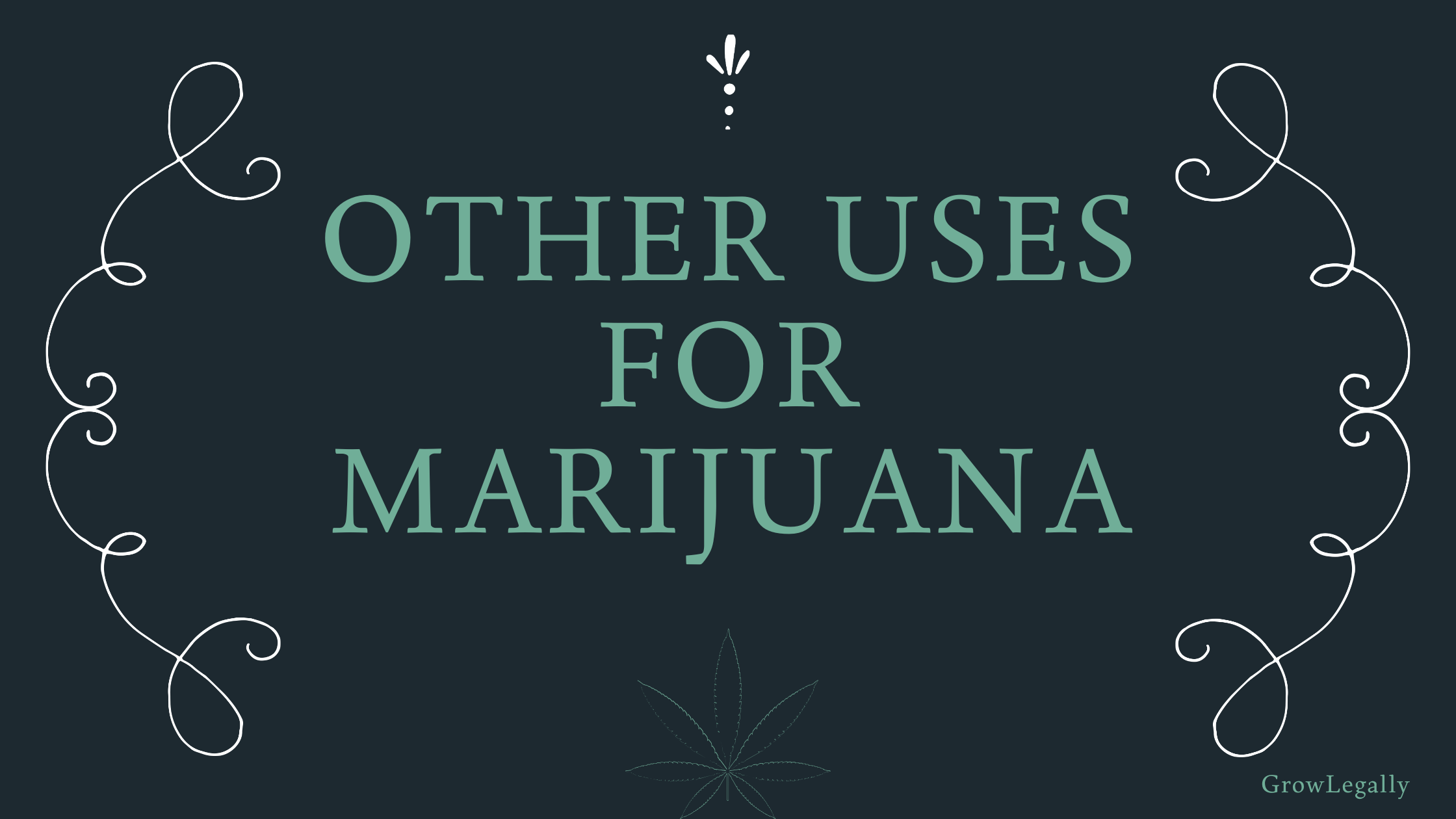
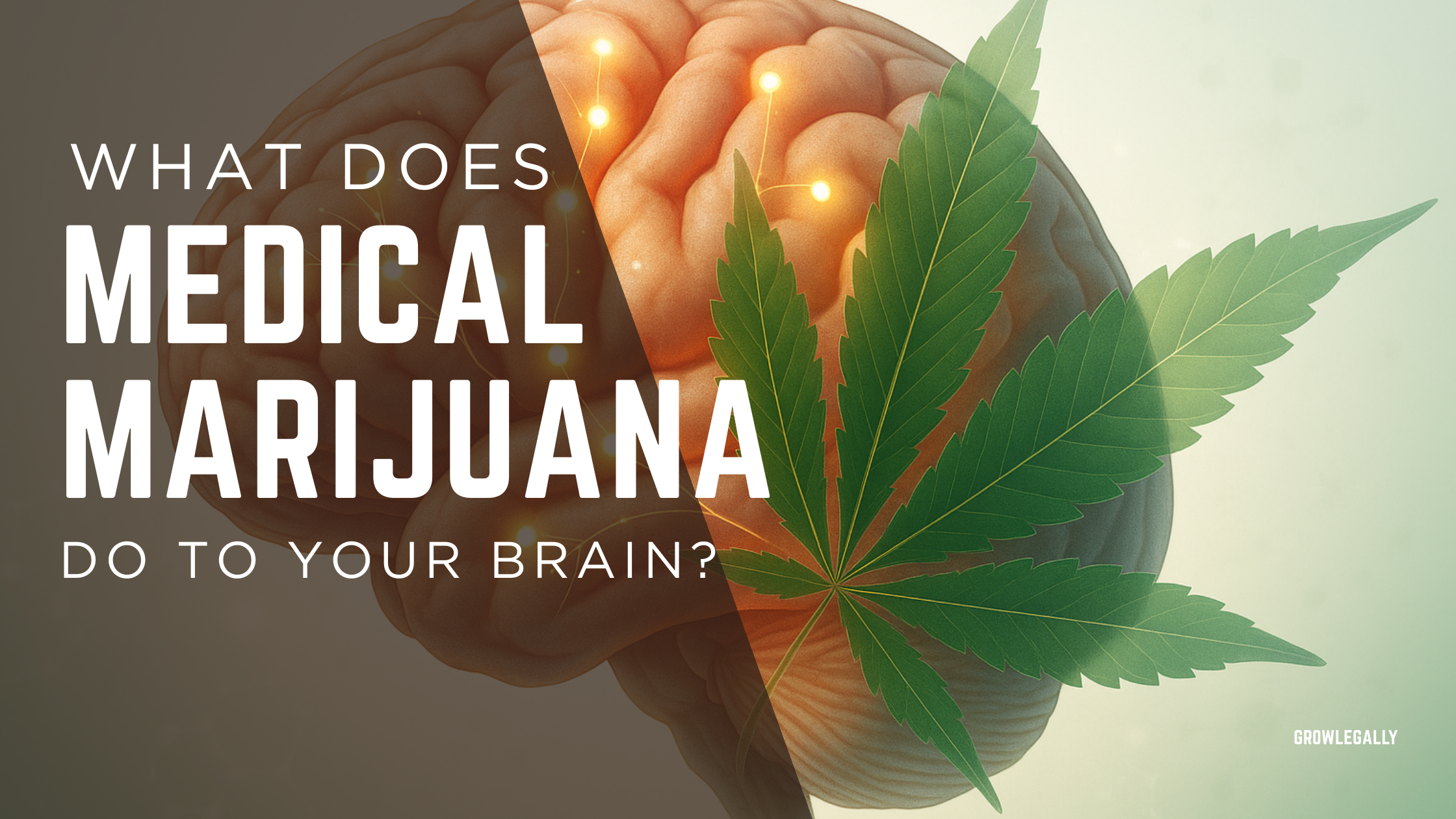

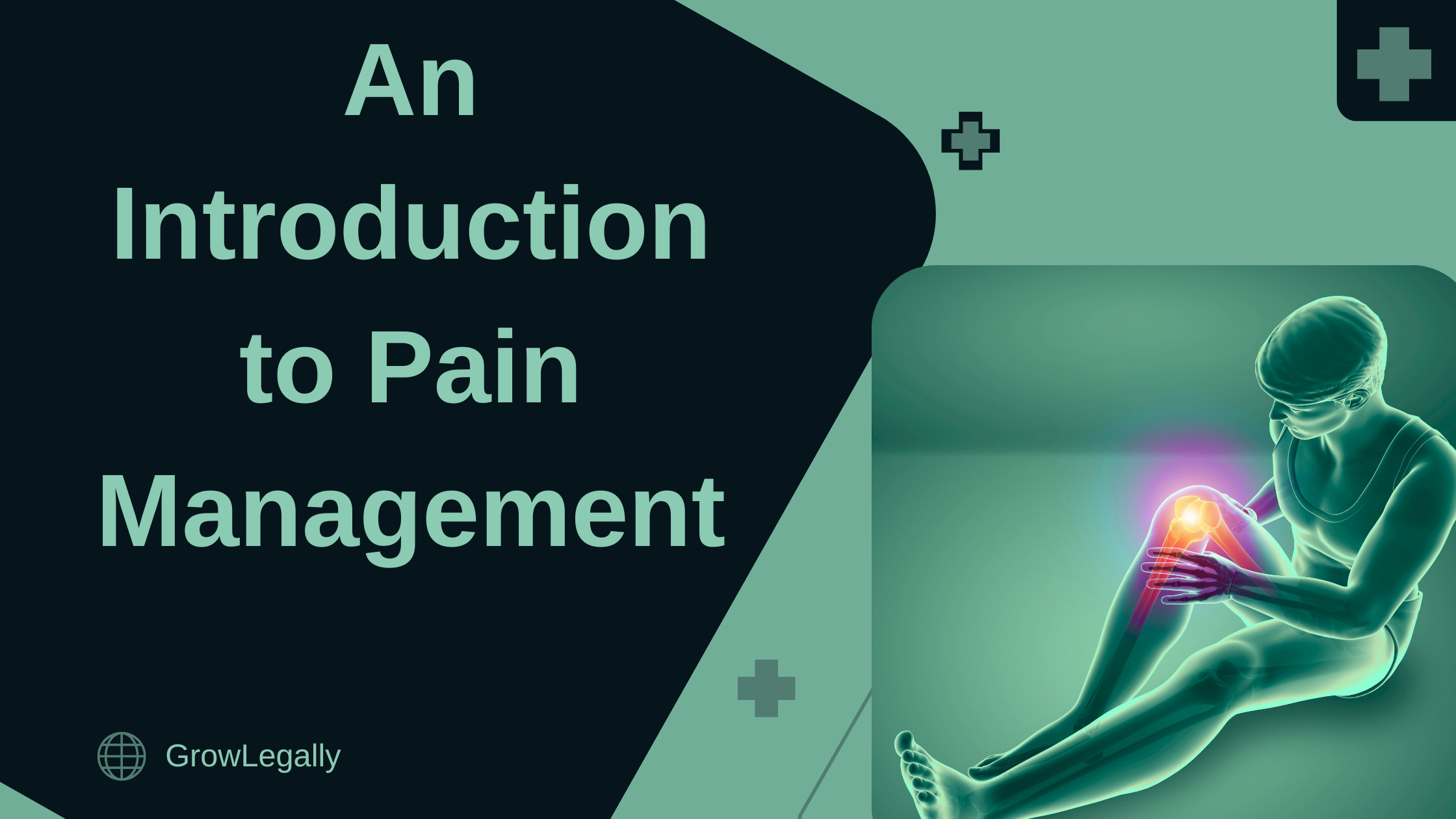
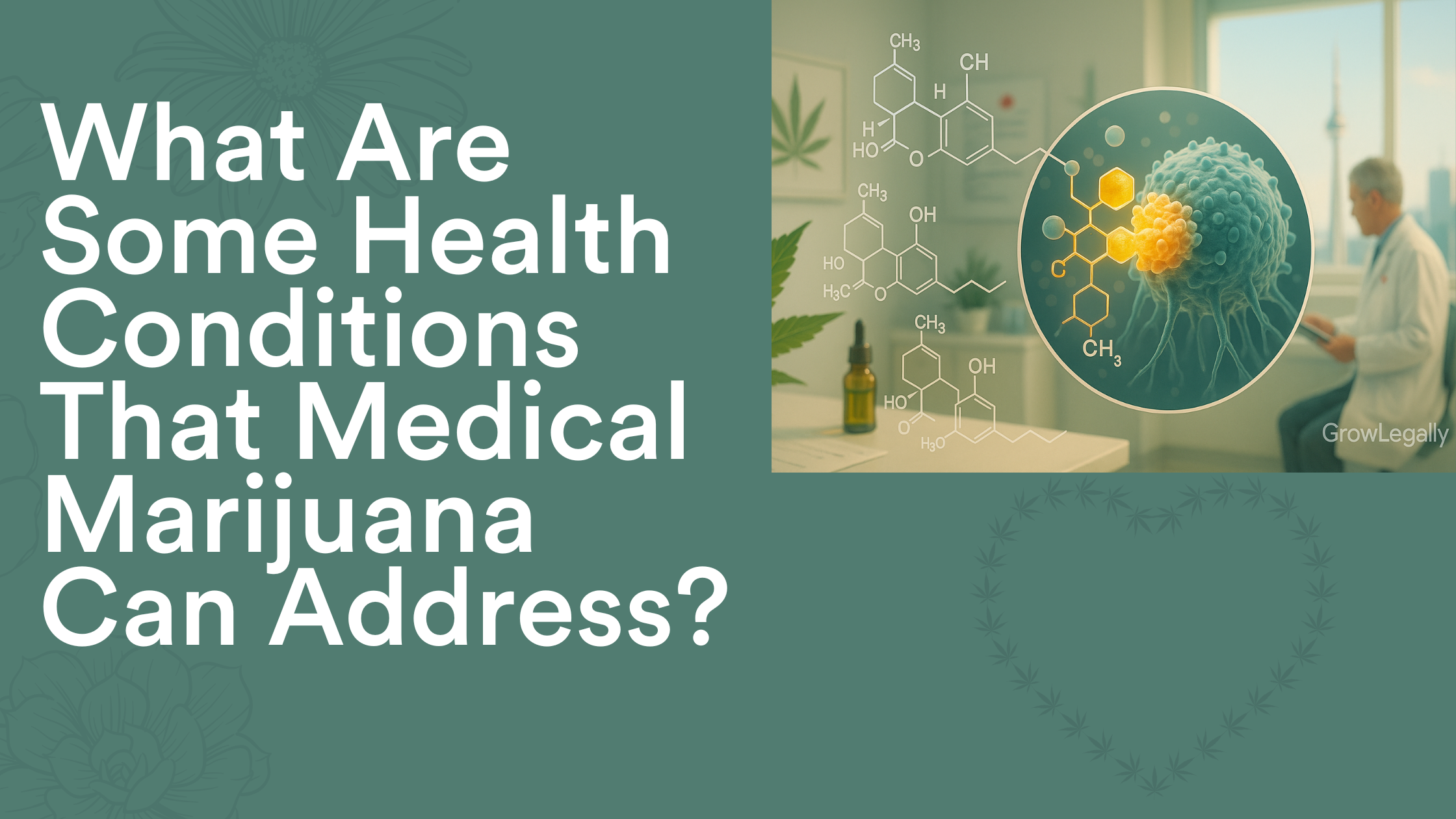
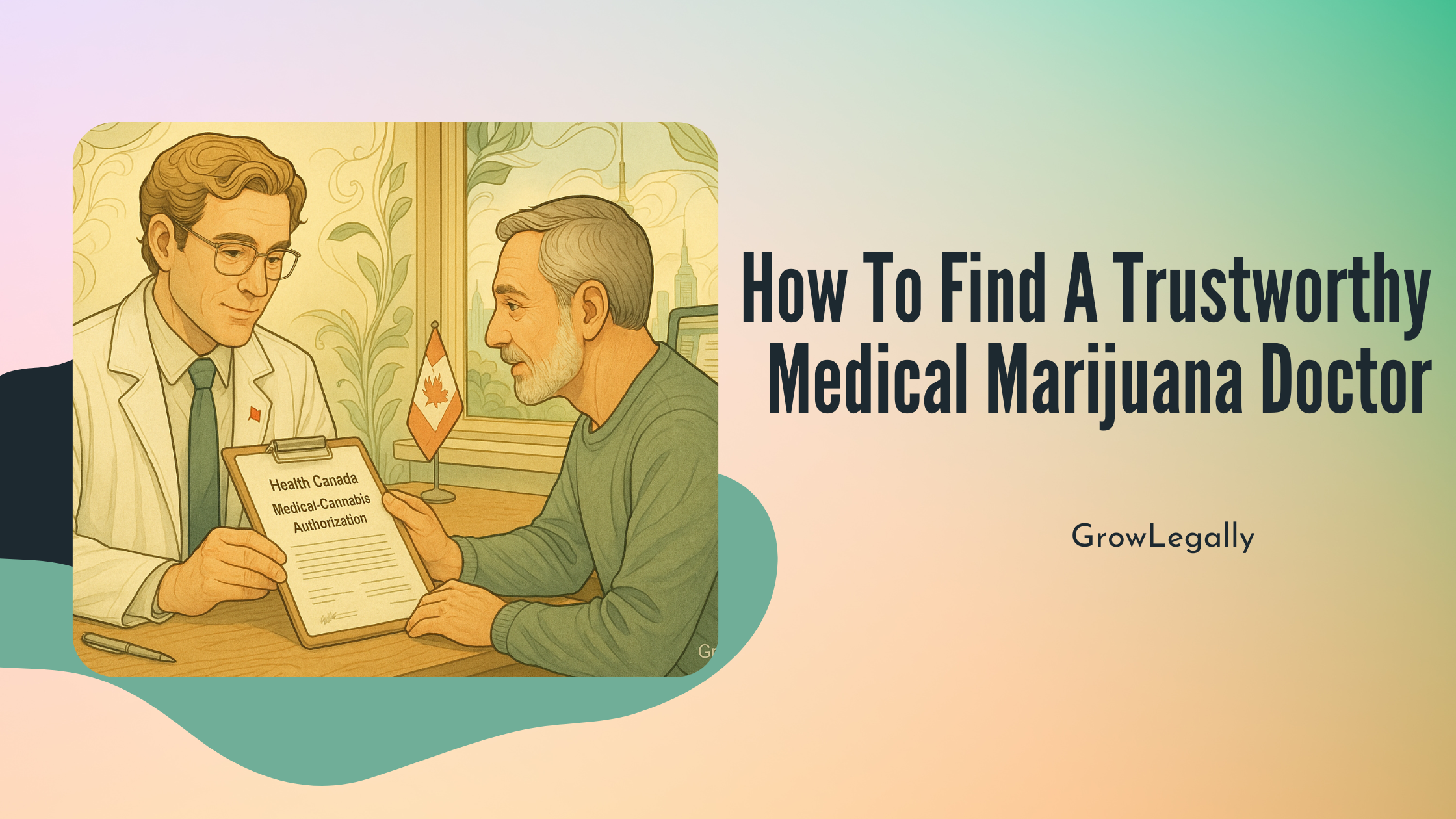
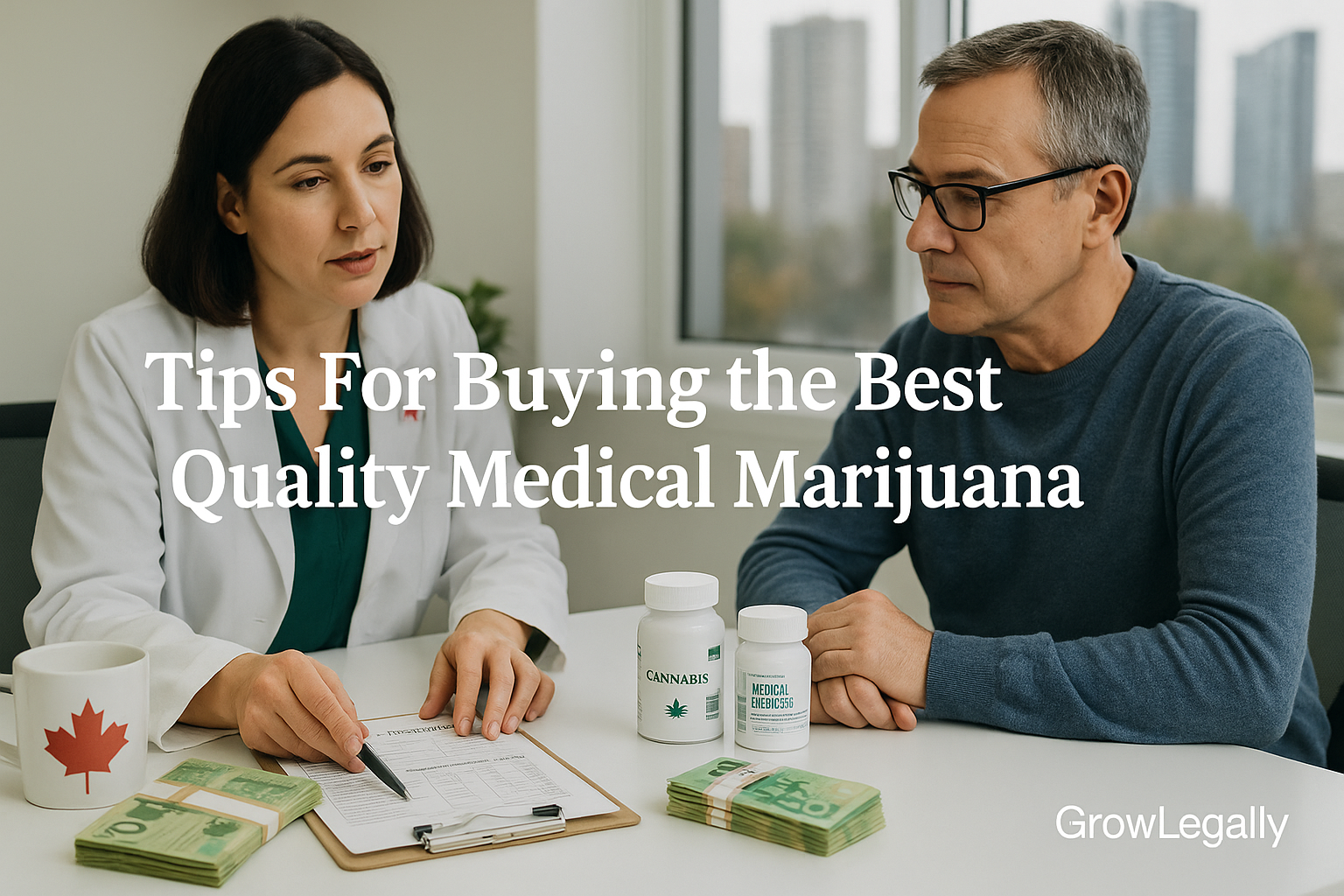
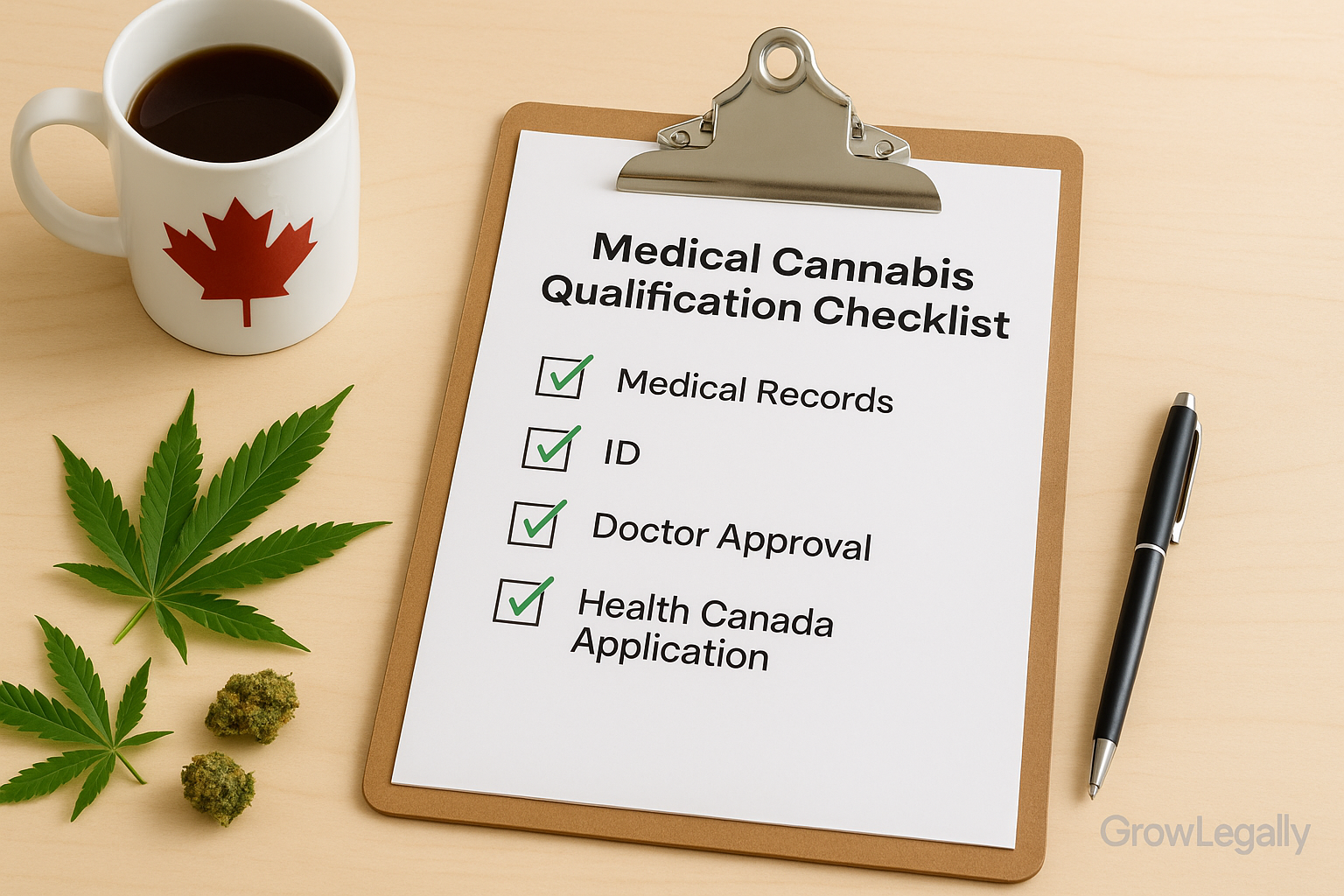
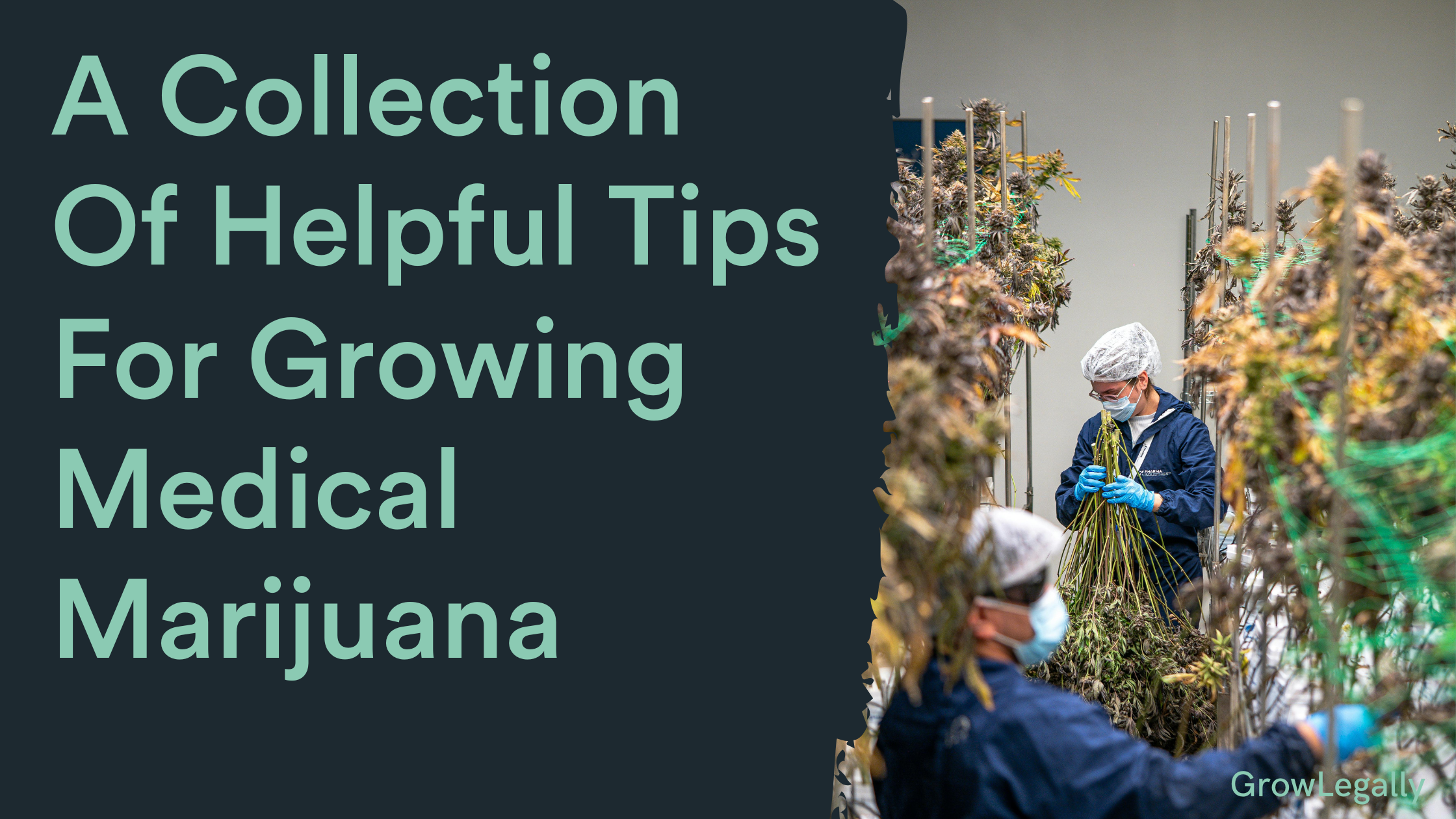
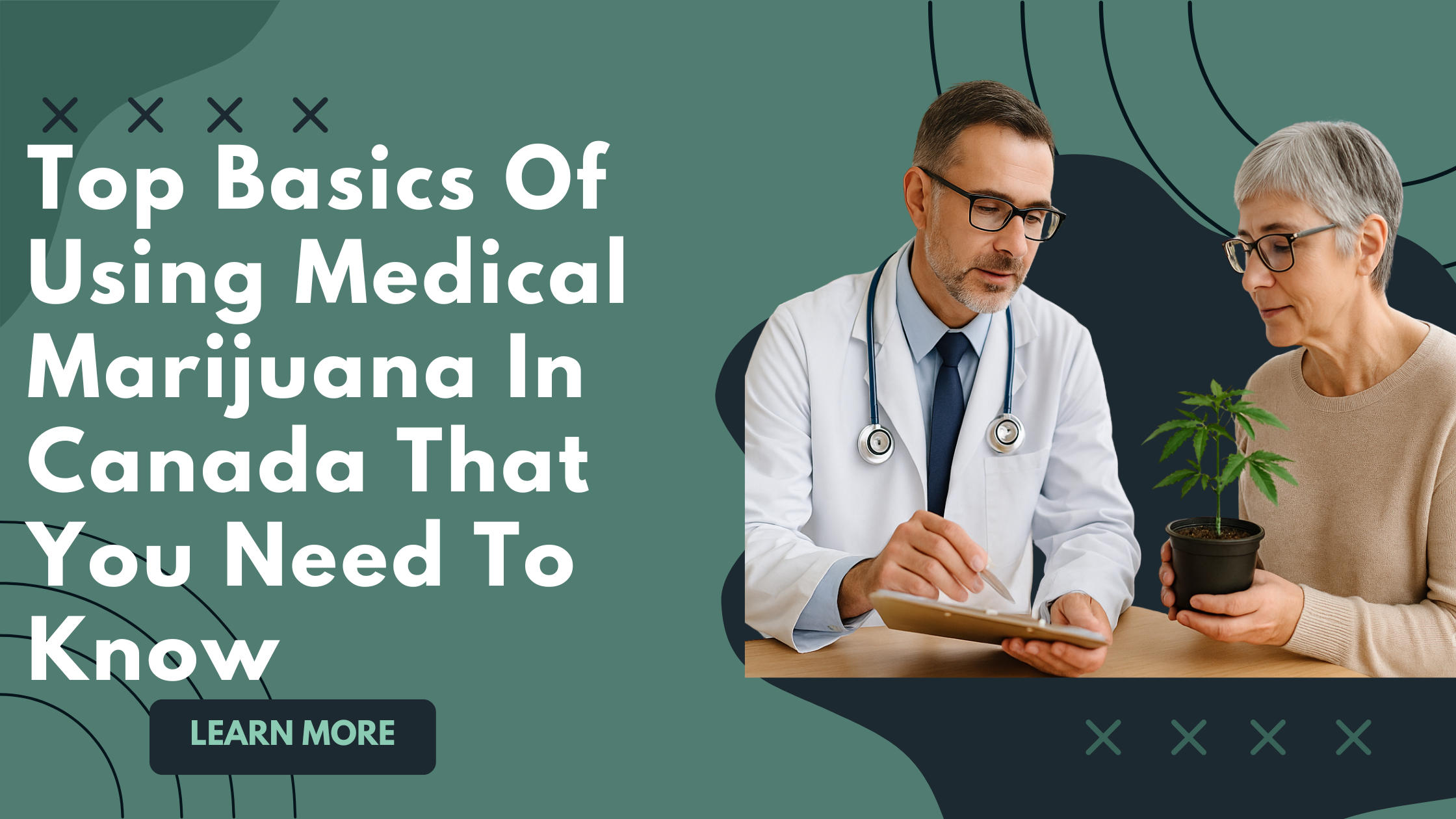
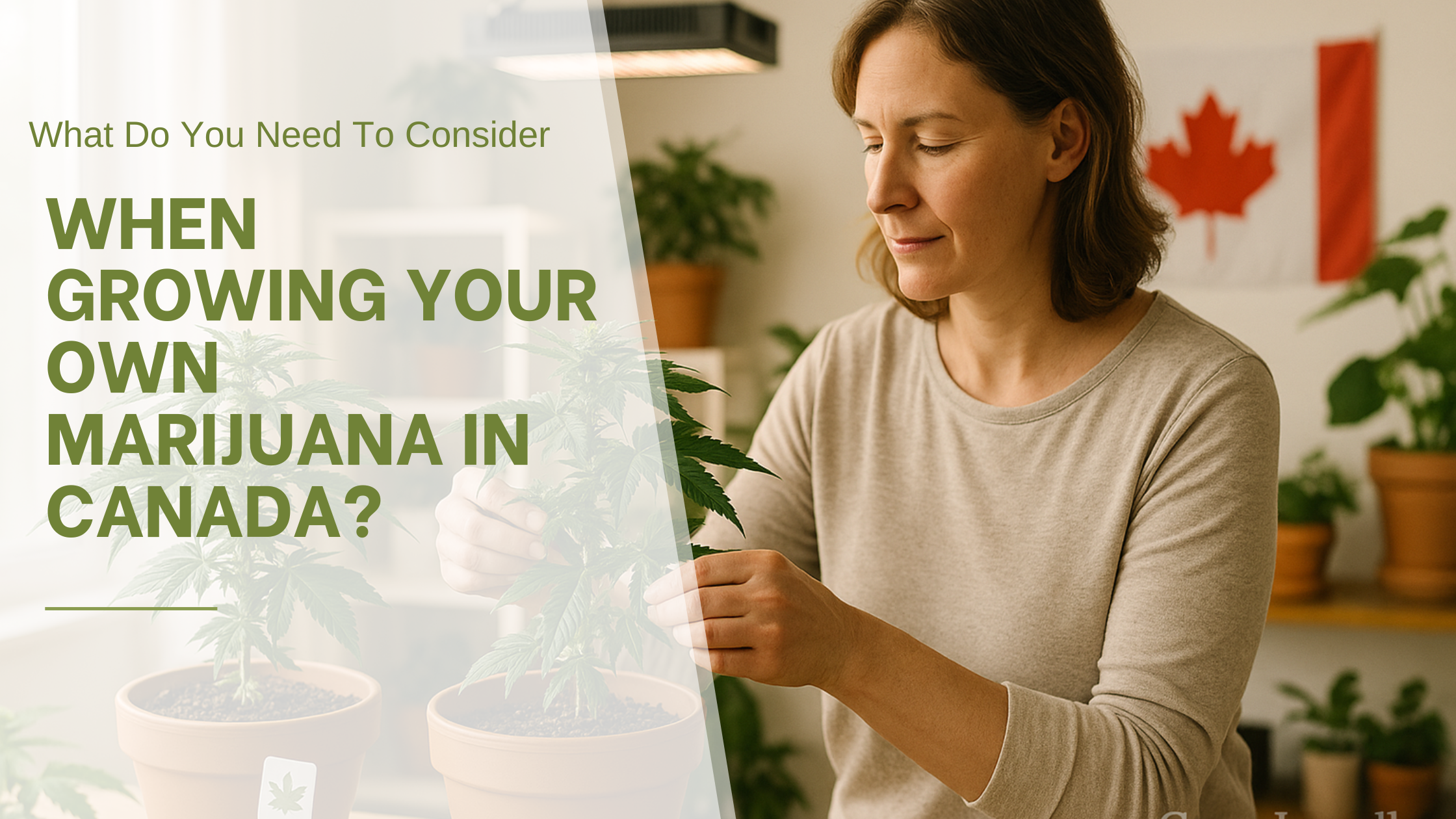


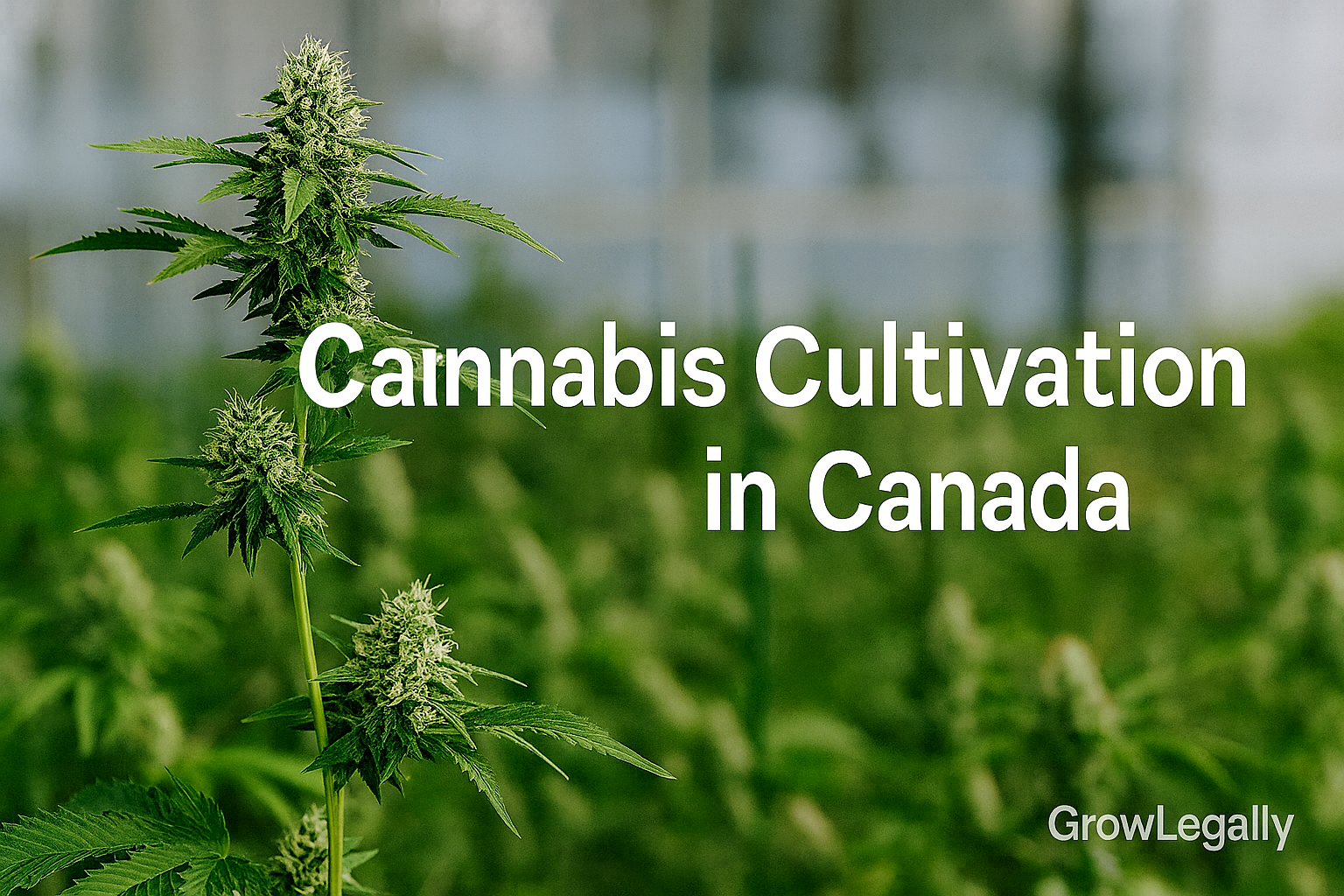
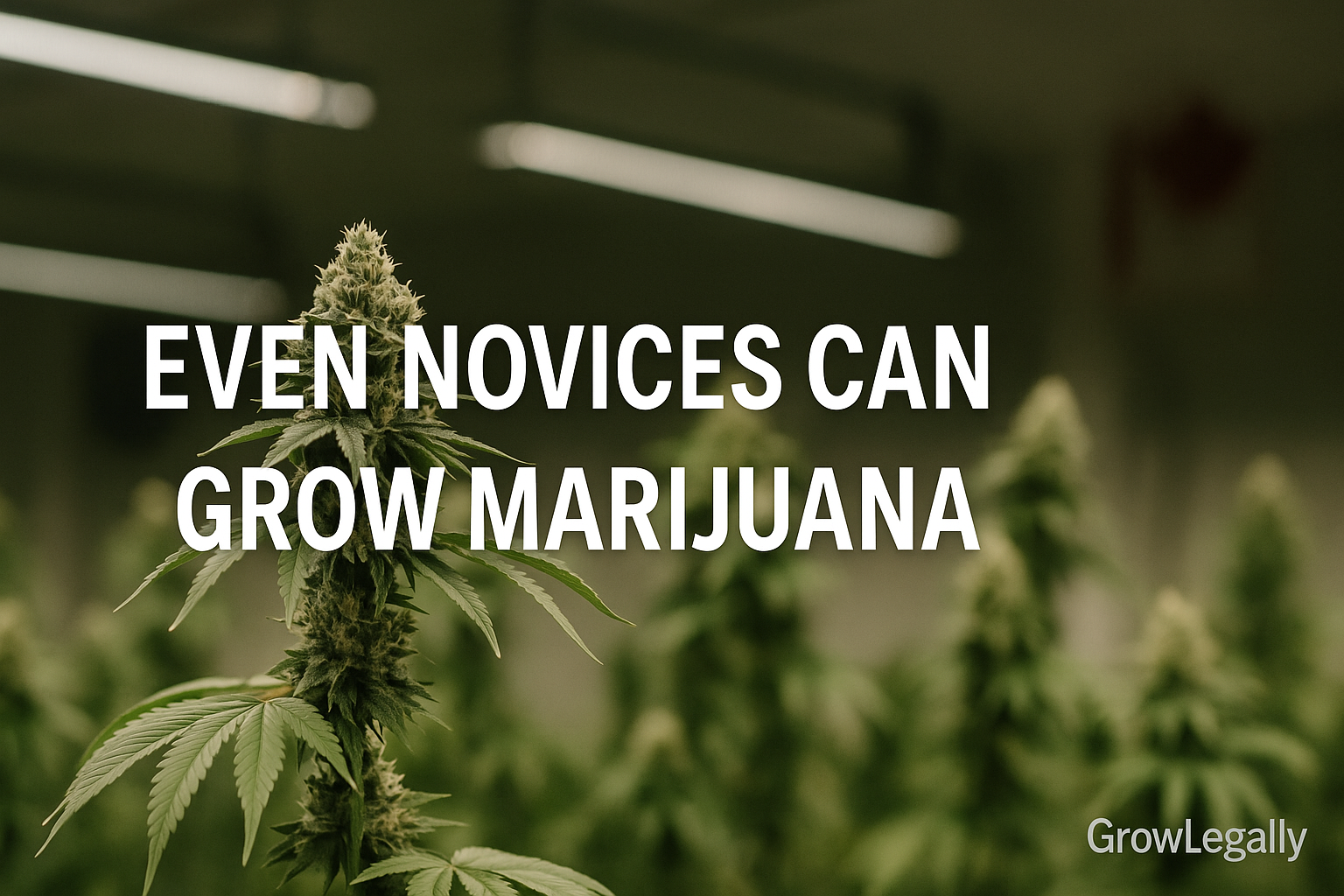


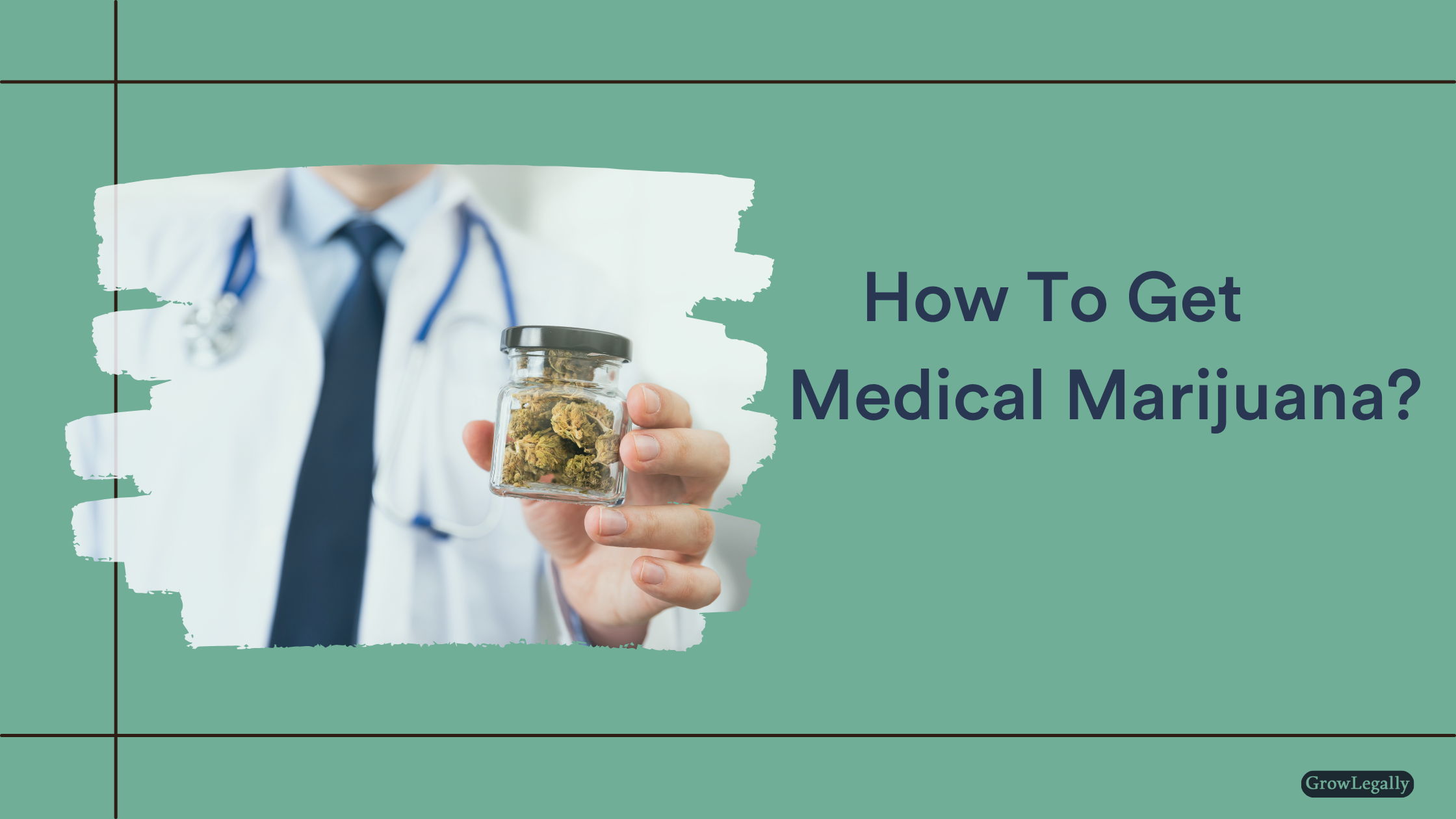

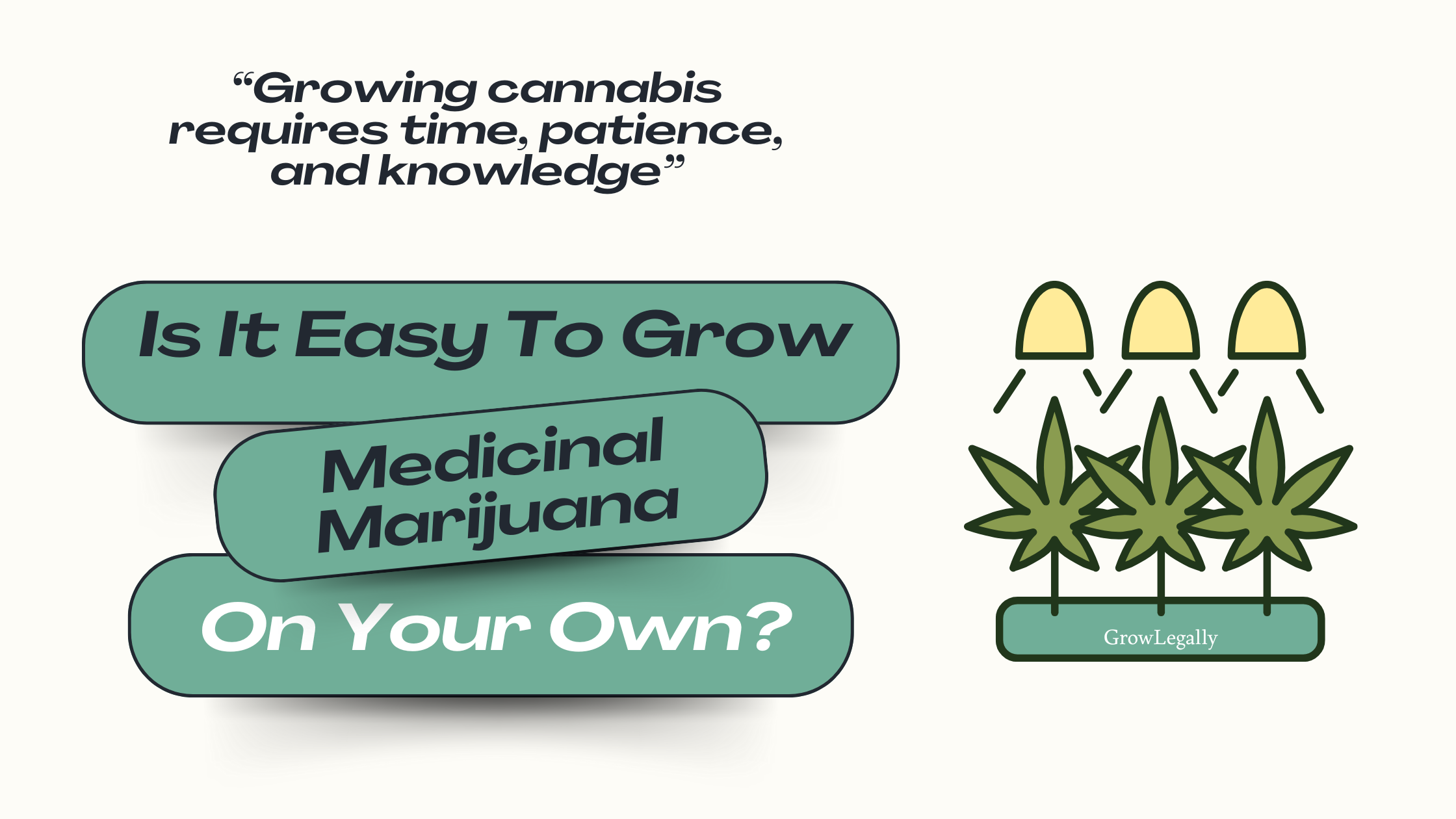
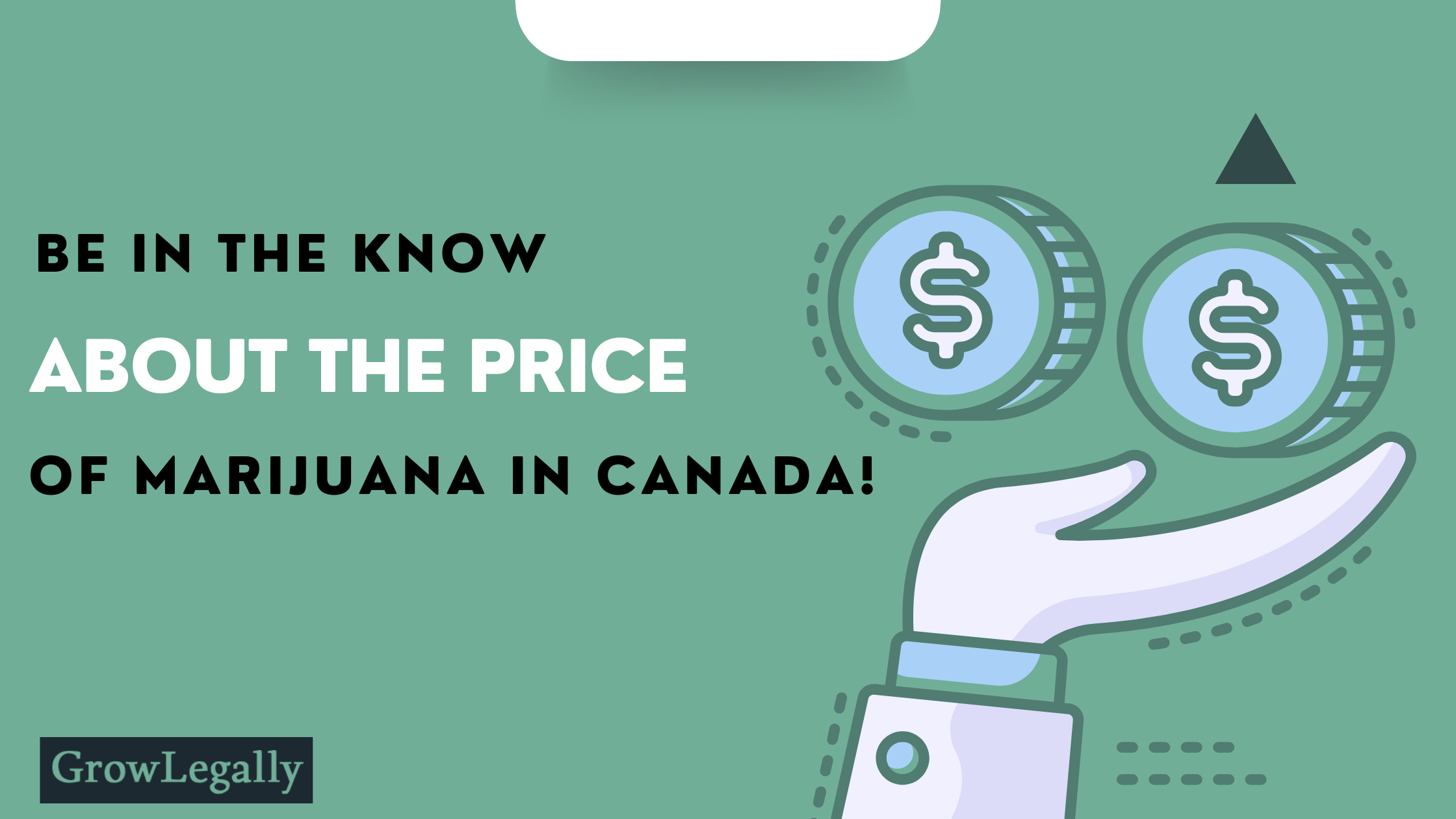





















.png)

















































.png)




























